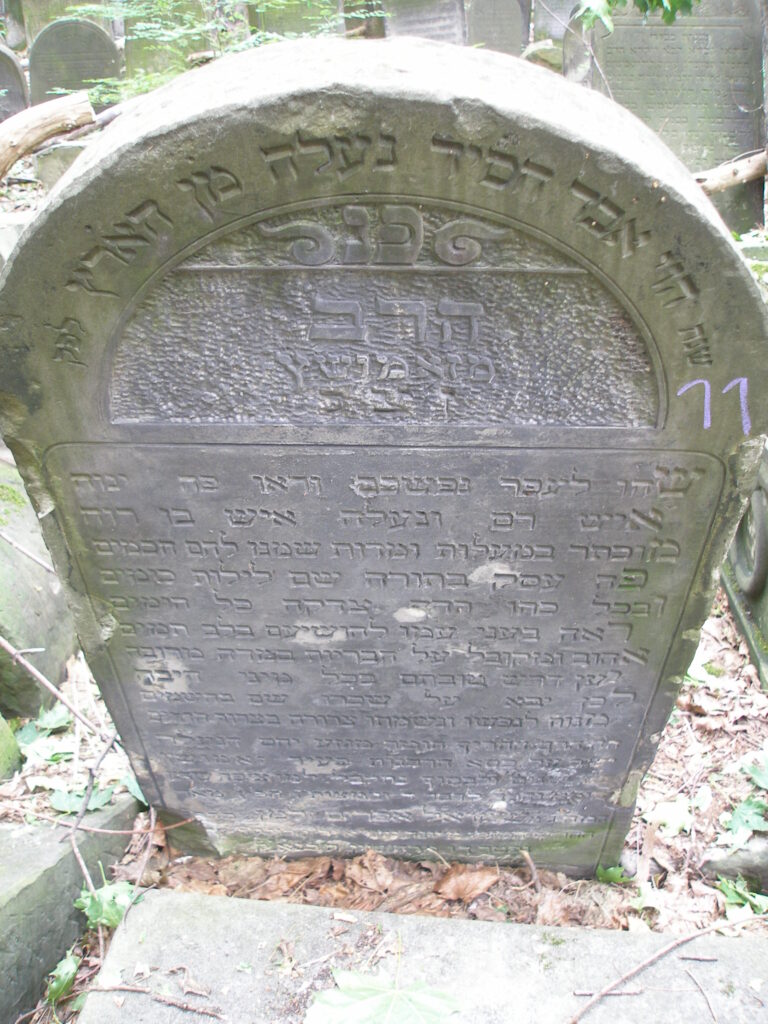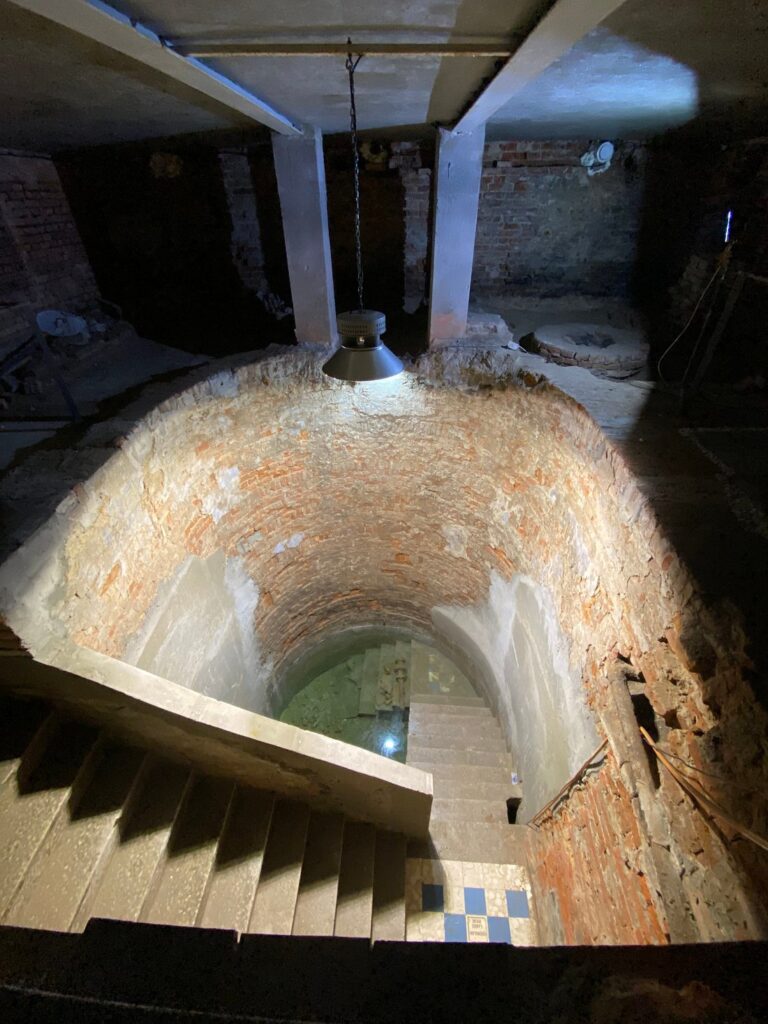
Shmuel Zylber-Margolis
? – November 11, 1890
ך”ו חשון תרנ”א
- Joyna Juda
- Unknown
- Zelda Matla Zylber
- Szajna Zylber
- Sender Zylber
- Naftoli Tzvi Zylber
Biography
Personal Life
Reb Szmul (שמואל אפרים זלמן) Zylber Margolis lived in Warsaw and was known as a man of means and influence. As a young man, he spent some time in Kotzk, leading us to believe that he was a talmid of the Kotzker Rebbe.
Szmul Selman married Frajda Rojza Temkin.
From his children we are aware of, Reb Shmuel had a son Naftoli Tzvi Zylber-Margolis, Sender Zylber, & Szajna Zylber (2/21/1849 in Warsaw), Zelda Matla Zylber (8/19/1850 in Warsaw). Sadly, Zelda passed at the young age of 14 on June 10, 1864.
Szmul Selman cherished Seforim and would even purchase them at a high cost, which was uncommon in those days. Together with his brother Alexander Sender, in 1859, they printed the Sefer Teshuvos Hara”m from their grandfather Harav Alexander Sender Margolis from Satanow.
While living in Warsaw, he served as a Rov in Nadarzyn, a small Jewish community on the outskirts of Warsaw with roots dating back to the first half of the 16th century.
In 1873, the Rov of Zamosc, Reb Moshe Vohl, passed away, and Reb Shmuel Zalman succeeded him as the Rabbi. Zamosc was known as a vibrant Jewish community. His impact was notably felt through his dedicated efforts in restoring the Mikvah, as documented in contemporary Jewish newspapers (see below).
In or around 1879, Reb Shmuel left Zamosc due to unspecified disagreements.
Upon his departure from Zamosc, Reb Shmuel assumed the esteemed position of Rabbi in Warsaw, a role that further underscored his influence within the broader Jewish community. His name appears on a letter supporting an Esrog dealer who had been in the business for many years.
Reb Shmuel Efraim Zalman Zylber-Margolis passed away on 26 Cheshvan, 1890, and is buried in the Jewish cemetery on Okopowa Street in Warsaw.

Zamosc and The Mikvah
Upon Reb Shmuel’s arrival in Zamosc, he found a dilapidated mikvah and took it upon himself to build a new one. Despite fierce opposition from the Maskilim, who preferred its construction on the city’s outskirts, Reb Shmuel insisted on its location in being in the heart of the Jewish neighborhood; prioritizing accessibility and safety, especially at night.
He also insisted that the mikvah draw water directly from a natural spring, and with encouragement from the esteemed Divrei Chaim of Sacz (Tzanz), Reb Shmuel persisted in this difficult endeavor until he struck a natural spring, inadvertently flooding the streets.
Reb Shmuel eventually succeeded in erecting a magnificent mikvah in the heart of the Jewish community. The Divrei Chaim is noted to have praised Reb Shmuel’s self-sacrifice and predicted his Neshama will shine in Gan Eden for choosing the right location and type of mikvah, despite the opposition he faced.
Remarkably, the mikvah still stands today, a testament to Reb Shmuel’s enduring legacy.
